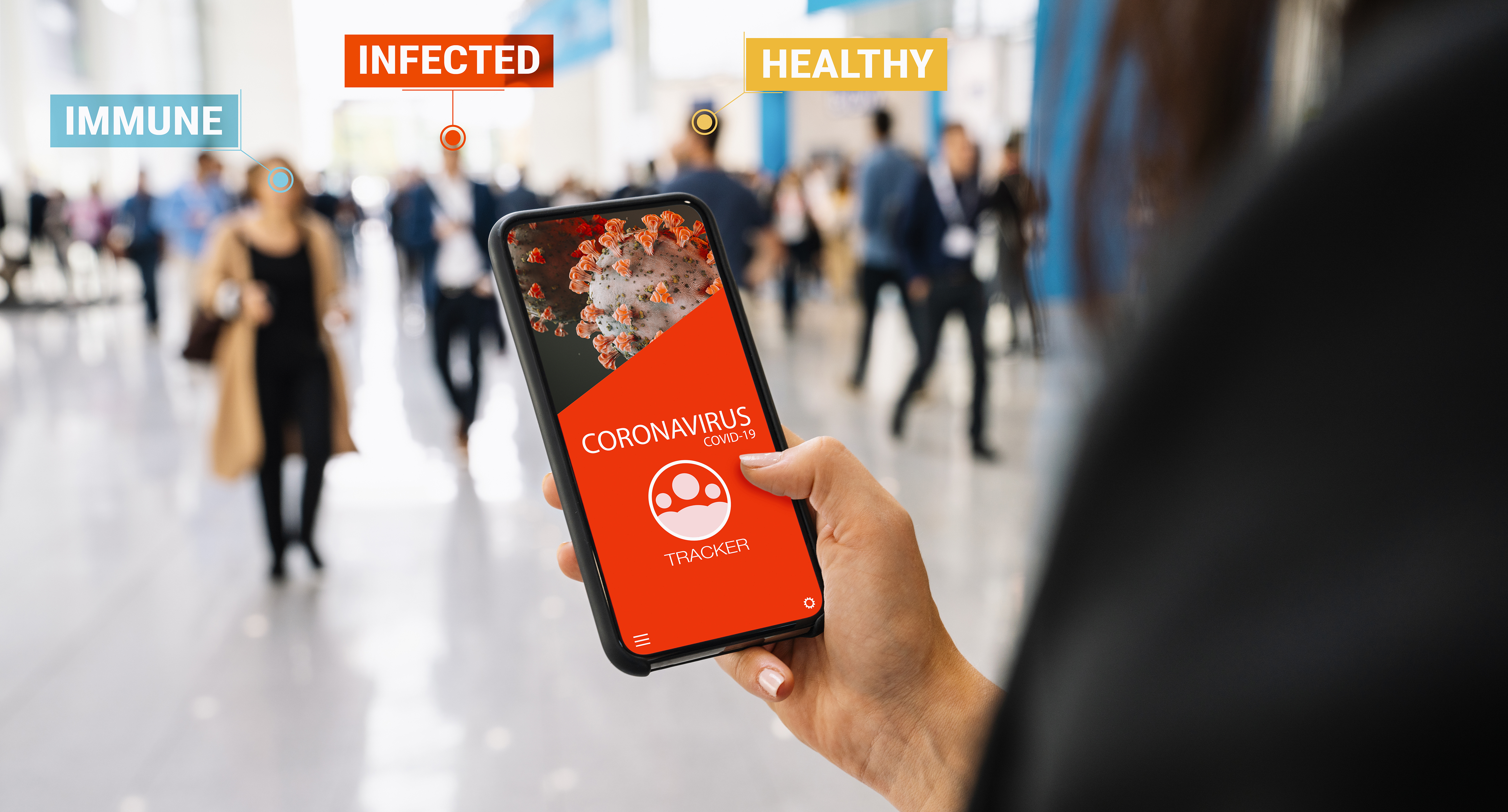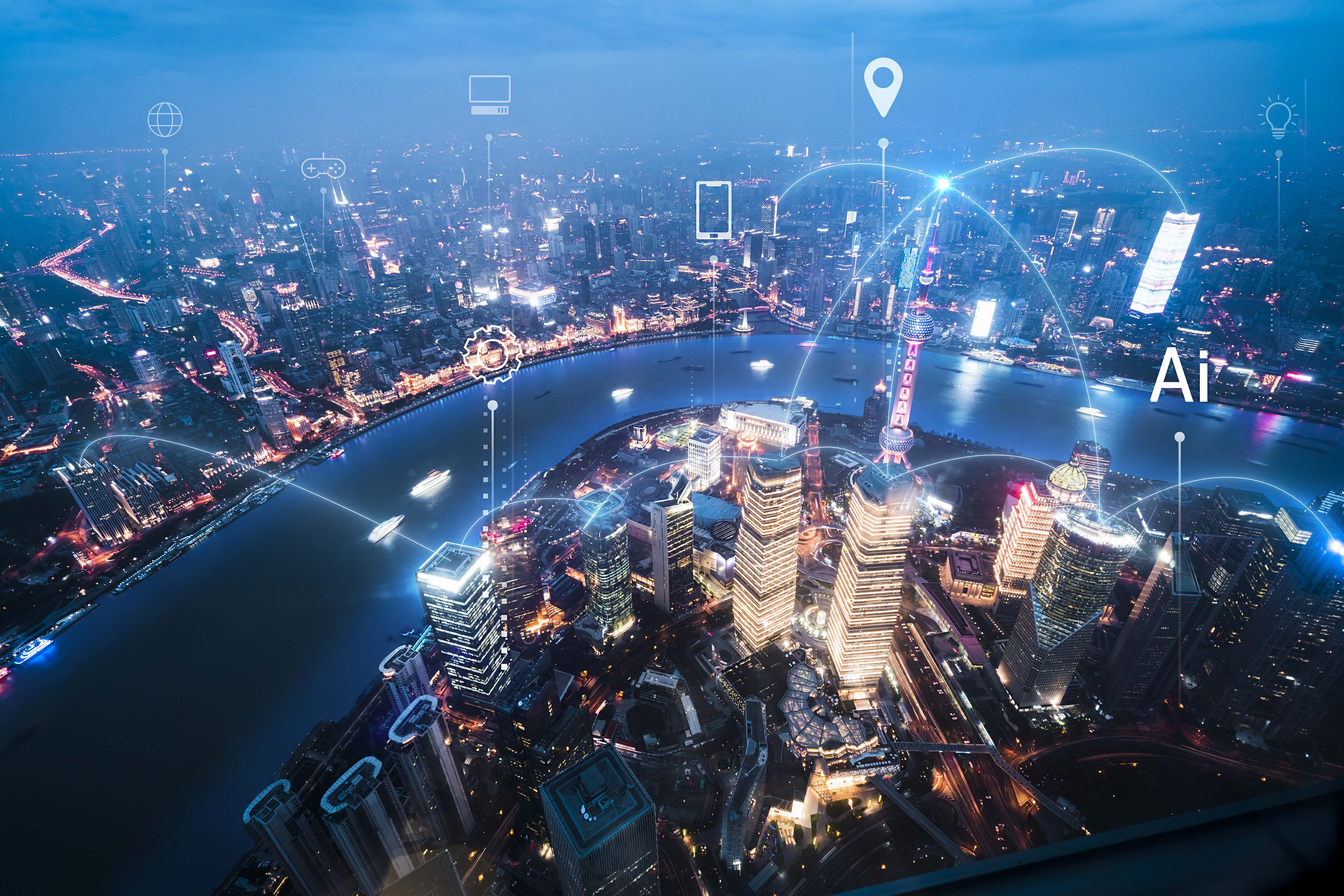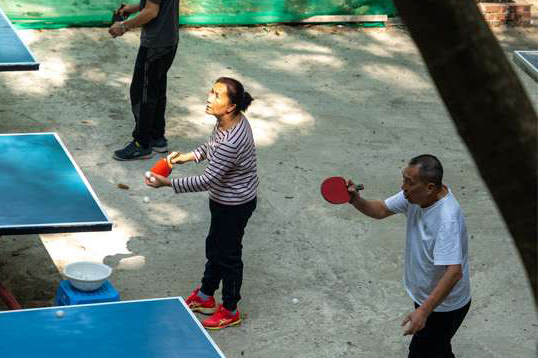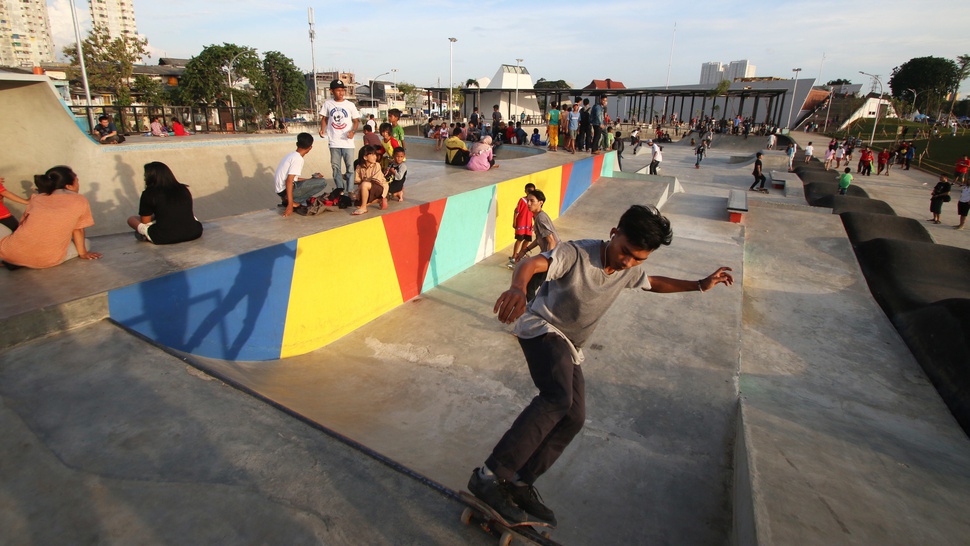The idea of creating a smart city carries an undeniable allure. Central authorities, equipped with advanced technologies, have sought to streamline urban living through centralised control systems. But while this has introduced some efficiencies, it frequently overlooks the nuanced needs of local communities, leading to misaligned priorities, underutilised infrastructure and sub-optimal outcomes.

Localised data is a crucial tool to bridge this gap. By embracing open-source data collection, planners can tailor infrastructure solutions to the specific needs of different neighbourhoods; they can optimise transportation networks, enhance sanitation systems and strengthen emergency services in a way that reflects the lived realities of residents. The COVID-19 pandemic revealed how cities with granular, accessible data could enact quicker and more effective interventions — for example, Singapore used a Bluetooth-based app and token platform called TraceTogether to assist with contact tracing efforts.


Climate change adds another layer of complexity. Coastal cities like Jakarta, Bangkok and Manila are on the frontline of rising sea levels and escalating temperatures. Addressing these localised climate risks demands precise and detailed data. Researchers at the National University of Singapore are studying airflow patterns through urban canopies to develop point-based wind models. Such data helps identify urban heat islands — areas exacerbated by infrastructure that intensifies heat — enabling planners to design interventions that mitigate these effects and enhance urban liveability.


Other tools are demonstrating the power of partnerships in aggregating data to benefit pedestrians. One example is footflow™, developed in the UK as a collaboration between Wedderburn Transport Planning, Loughborough University and the Oval Partnership. The tool offers users a way to comprehensively benchmark pedestrian accessibility and estimated footfall in detail, and provides predictive forecasts on how factors like building massing and land use affect pedestrian footfall.

But if it’s localised data we want, who better to provide it than citizens? Initiatives like urban hackathons are becoming catalysts for this shift, with technologists, urban planners and citizens ‘hacking’ solutions to urban challenges. In Southeast Asia, universities, institutions and governments are increasingly hosting such hackathons. Jakarta Smart City, for example, has sponsored hackathons resulting in apps for traffic management and flood control systems. It’s not only about generating practical tools but also fostering a culture of collaboration between citizens, the tech world and urban planners, as technological innovation and urban space increasingly converge.
This also improves data usage — we can accumulate data but it’s only effective if it’s utilised intelligently. Tools like Google Street View offer extensive information on motor vehicle routes but fall short in capturing pedestrian and cycling pathways. For planners aiming to promote active transit and reduce carbon emissions, relying solely on such data could lead to misinformed infrastructure development. Adapting existing datasets and supplementing them with localised inputs ensures that initiatives like bike lanes or pedestrian zones are grounded in the actual needs and behaviours of residents.
Democratising data through open-source platforms also empowers citizens and fosters community engagement. When residents have access to information about their own neighbourhoods, they become active participants in the planning process, building trust and encouraging grassroots initiatives, from local environmental projects to community-driven disaster response efforts.


For urban planners in Southeast Asia, the future of smart cities lies not just in smart tech, but in the smart use of open-source data. By shifting to a more collaborative approach, planners can craft tailored solutions that address both immediate urban challenges and long-term sustainability goals. In an era marked by pandemics and climate uncertainties, cities that leverage localised, democratic data will be better equipped to create resilient and responsive urban environments.





